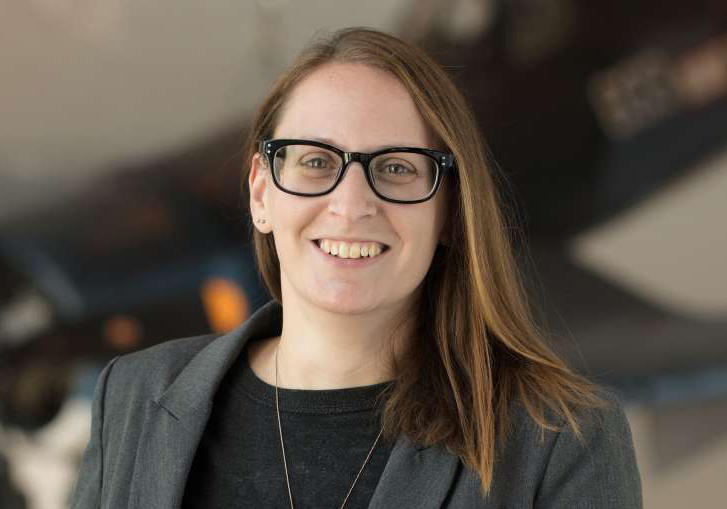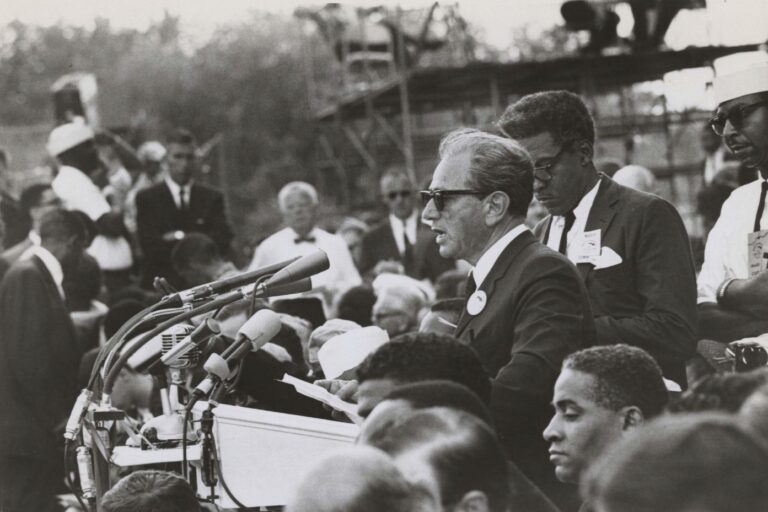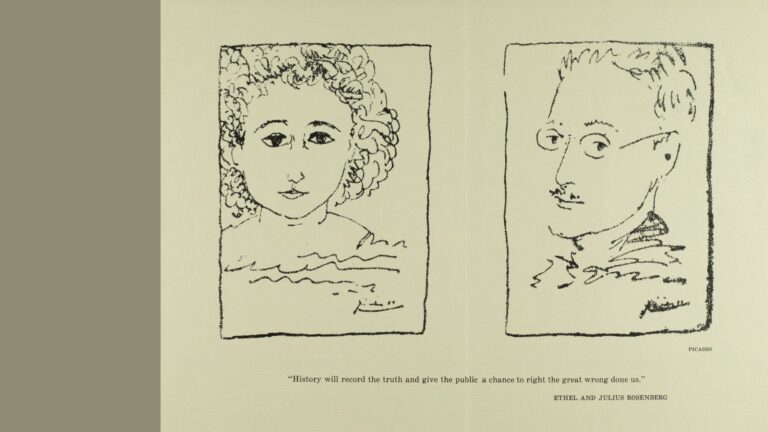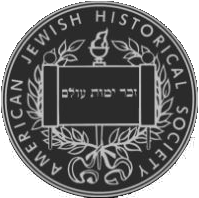Dear AJHS Supporter,
I hope you’ve enjoyed these first months of 2023, which
have flown by with terrific productivity for all of us here. We enjoyed a busy start to the year, and as we approach spring and all it symbolizes in its renewed growth, I am especially pleased to share with you more news of our renewed growth, for which we thank you.
This year’s Heritage Campaign, enabling AJHS to digitally ingest tens of thousands of records and documents with a focus on family history research, is enormously successful and gaining even more steam and momentum than we hoped for. Enthusiastically, we continue to add substantial and meaningful content to our online archives in order to share with all who have an interest in these resources, whether in pursuit of family and genealogical research or to satisfy simple curiosity. I’ve recently discovered that our archivists are routinely in the stacks beyond working hours reading and enjoying these engrossing materials, and when I
asked what collection we should share in this first campaign update, the answer was hands-down the archives of the Industrial Removal Office and the stories they tell.

The history of the Industrial Removal Office is fascinating. The IRO was a crucial organization working to assist Jewish immigrants to the United States from 1901 to 1922.
While its name sounds ominous, the Industrial Removal Office was established to aid immigrants in their quest to find meaningful work and supportive communities within the US. The IRO helped facilitate Jewish resettlement and migration around the States, also helping new residents source employment and other necessities. Founded in New York City, where a large influx of immigrants was arriving following the antisemitic violence affecting Jewish communities in Eastern Europe, the concept was to assist these arrivals in finding homes and employment outside of New York, in towns all over the United States where jobs and housing were more plentiful.
Through the records of the IRO, we can see who was settled and where, and what their occupations were. The ledgers and correspondence provide these illuminating details, naturally, but also wonderful windows through which we see much more, such as what the recipients of the IRO’s efforts thought and felt about their new surroundings and whether they were able to adapt. Many put down immediate roots, while others continued their journeys to be closer to other family members or in search of more suitable employment opportunities. What we see is the complex story of Jewish immigration and migration during a particular place in time, and how within it, Jewish life and culture developed and expanded nationally, in communities like St. Louis, Minneapolis, and Kansas City, among many others.
Enclosed are examples of records illustrating the range of impressions recipients of the IRO’s assistance experienced – as you can see, some immigrants were immediately happy with their placements and communities, and some had some difficulty finding the right fit in their new country. The Industrial Removal Office was there to help, and we are here to share their remarkable history with you.
Please enjoy these wonderful discoveries with us. Again, we thank you for your continued support, and look forward to our next update in July!
With Regards,
Gemma Birnbaum
Executive Director, AJHS








